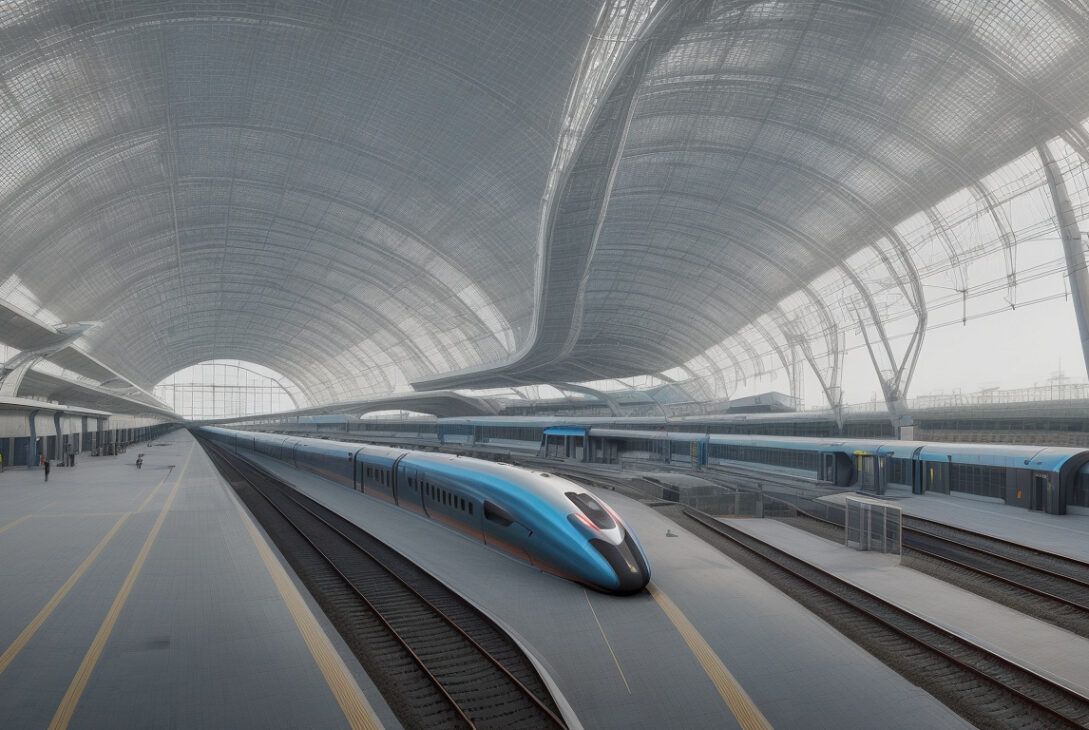US Abandons Magnetic Levitation Train Plans Amid China’s Rapid Advancement in Technology
By James Bickerton, Newsweek U.S. News Reporter
Published August 3, 2025
In a striking shift of transport policy, the United States has officially abandoned a high-speed magnetic levitation (Maglev) train project aimed at connecting Washington D.C. and Baltimore. This move comes as China accelerates its development of the same technology, raising questions about America’s future role in next-generation rail transport.
Funding Pulled by Trump Administration
Transportation Secretary Sean Duffy announced last week the cancellation of over $26 million in federal funding for the proposed 26.6-mile Maglev line linking the U.S. capital with Baltimore. Speaking to The Baltimore Sun, Duffy said, “This project lacked everything needed to be a success from planning to execution. This project did not have the means to go the distance, and I can’t in good conscience keep taxpayers on the hook for it.”
The decision includes revoking two federal grants and halting an environmental study integral to obtaining construction permits. The move marks the end of a project that had already consumed nearly $27 million in federal funds.
Background on Maglev Technology and the Project
Magnetic levitation trains use powerful electromagnets to lift and propel trains above tracks, eliminating friction and enabling ultra-high speeds. The technology has seen extensive development in Japan since the early 2000s, with test lines achieving speeds exceeding 300 miles per hour. China has surpassed these benchmarks, operating Maglev trains that can reach speeds over 600 miles per hour — faster than many commercial jets.
The Baltimore-Washington Maglev line was envisioned to cut travel time between the two cities to under 15 minutes by harnessing this futuristic technology. Maryland Governor Wes Moore had been a fervent supporter; in April, he visited a Maglev development team in Japan expressing enthusiasm to “move fast,” citing the train’s projected speed of 315 miles per hour as ideal.
Comparison With Existing Transportation Infrastructure
Critics of the project point out that the Baltimore-DC corridor is already efficiently serviced by Amtrak and MARC commuter trains, as well as major highways. Professor R. Richard Geddes, a transportation infrastructure expert at Cornell University, told Newsweek, “The passenger rail route from Baltimore to Washington is already well served. It is unlikely that, even if completed, revenue from ridership would be sufficient to cover operating or capital costs.”
Geddes also highlighted that the funds could be better allocated to improve existing rail infrastructure, specifically in the busy Northeast Corridor, through expanded track capacity and speed upgrades.
A Broader Pattern of US High-Speed Rail Setbacks
This cancellation adds to a series of federal funding cuts under the Trump administration impacting high-speed rail efforts. Earlier, $4 billion was revoked from a California high-speed rail project intended to link San Francisco and Los Angeles. Another $63.9 million grant was withdrawn from a Texas rail initiative, leaving many supporters concerned about the future of modern rail development in the United States.
Currently, no operational high-speed rail lines in the U.S. meet the definitions set by the International Union of Railways, although some projects remain under construction or proposed across the country.
China’s Rapid Progress and the U.S. Response
While the U.S. steps back, China continues to push forward aggressively in Maglev technology. Several operational lines boast unprecedented speeds, cementing China’s leadership in the sector.
Despite this setback, experts note that U.S. interest in cutting-edge rail technology isn’t completely extinguished. Continued developments in Japan and China showcase the potential, and new projects may arise in the future, provided they address prior planning and funding challenges.
Conclusion
The federal government’s withdrawal of support for the Baltimore-Washington Maglev project underscores the tough realities facing ambitious transportation innovations in the U.S. Financial concerns, existing infrastructure, and local opposition have all played significant roles. Meanwhile, China’s technological advancements set a high bar that the U.S. currently struggles to meet.
Transportation stakeholders and policymakers will be watching closely to see whether a renewed commitment can be forged to embrace high-speed, high-tech rail solutions or whether America will cede further ground in this arena.
Contact the reporter:
James Bickerton
Email: j.bickerton@newsweek.com
Twitter: @JBickertonUK
This article is based on reporting verified through official statements, federal data, and expert interviews. For further information or corrections, contact Newsweek editorial.










